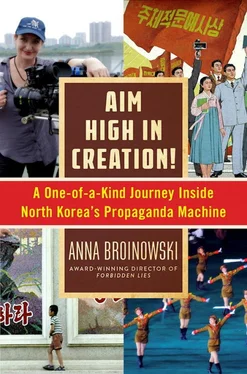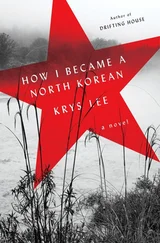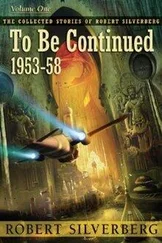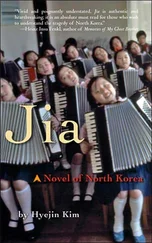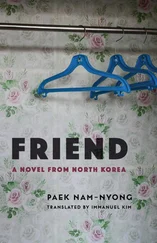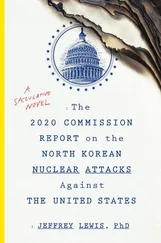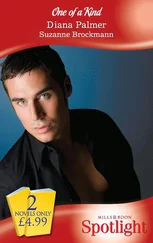I could feel Q hovering beside me, making sure we were filming Kim’s statue in the correct wide. Q has performed his gaffer duties assiduously—but appears even more dedicated to monitoring everything we say. If he really is fluent in English, I figured, my next question would catch him out: “What happens, Sun Hi, when your people don’t have enough to eat?”
Sun Hi only blinked once before resuming her sunny monologue: “Yes. Many socialist countries are corrupted now, and we are the only socialist country in the world where everyone is united—and while we did have some hard days, we People think that not being with money is the only happiness. We have respect, we are all equal, and we have a peaceful life. That’s why we could succeed in the Arduous March. If money was top of everything for us, we couldn’t have done this.” She shot me a take that pout, and I waited for her to blow a pink bubble and pop it for emphasis. But then Q said something softly in Korean, and Sun Hi turned white. She spat her gum into her hand, pulled off her koala cap and stalked off. She’s refused to address our camera ever since.
Q gestured calmly for us to carry on, and Nic panned off Sun Hi onto the rows of red flowers displayed in brass jars at Kim Jong Il’s feet. According to the silk sashes on the jars, countries as far away as Sweden, Indonesia, and Kenya were still sending in condolences, almost a year after Kim died. The fact that every country sent exactly the same jar, right down to the font on the sashes, was being accepted, apparently without question, by the people bowing reverentially before them. “Lady Gaga,” I whispered to Nic, and she changed to a long lens to get close-ups. In private, we call our long, medium, and wide lenses Fatty One, Fatty Two and Fatty Three—after the way ordinary Chinese refer to the three Kims. But in front of our North Korean minders, our lenses are Lady Gaga, Taylor Swift, and Kim Kardashian. Sun Hi and Q don’t know who these mega-celebrities are and—unless they check our viewfinder—what angle we’re filming at.
At our next stop, the Juche Tower, Sun Hi watched our viewfinder like a hawk. We set up a majestic wide pointing back at the Dear Leaders’ portrait in Kim Il Sung Square, and she made us stop: not because Kim Jong Il’s face was cropped, but because it was out of focus. At the People’s opera house, she criticised our close-up of the building’s Sea of Blood mural—a six-metre mosaic of the pistol-toting heroine—for being off centre. We dutifully switched to Kim Kardashian for a symmetrical wide and rolled for ten dull minutes until Sun Hi was satisfied we weren’t picking off close-ups of people in the background. It was only when we rewound that we realised we’d caught a moment of documentary gold: a pair of lovers, in khaki uniforms, weaving through the crowd. Their hands grip each other’s waists, and as they walk away from camera, his fingers stray to her bottom and caress it—before working their way inside her pants. She biffs him with her briefcase, but lets him continue his anatomical explorations.
Unacknowledged fact #332: North Koreans like to have sex.
“You must not film that image,” Sun Hi snaps, still cross with us three hours later when we attach Lady Gaga to get a portrait of Kim Jong Un across the water from our hotel. Censorship has continued to rule the morning, with our minders rigorously controlling where we shoot and eliminating many stunning landscapes from my film along the way. From the balcony of Moranbong Temple, they only let us point east, because the TV tower to the west was a “sensitive military installation.” Outside the People’s ice-skating stadium, Q let us shoot the promenading hanboked ladies, and the ruddy-cheeked boys practising backflips in the grass, but slammed his hand over the lens when a cavalcade of army trucks thundered past.
“No soldiers,” Sun Hi said bluntly, and we watched sixty rusting jeeps, packed to the gunnels with skinny, bewildered boys in threadbare khaki uniforms, rolling through the intersection as jolly marching songs crackled from the rooftop speakers. I had the distinct impression that our minders didn’t want the West to see just how unthreatening and folksy North Korea’s notorious million-man army actually looks when viewed up close.
Even our trip to a local cinema was censored. I’d asked to film inside an ordinary suburban theatre, preferably one screening this year’s latest hit. Instead, Q and Sun Hi took us to a magnificent stone palace in the middle of the city, with usherettes in diaphanous green hanboks . We found ourselves filming a rent-a-crowd of Party officers and workers, who had clearly been briefed not to blink when we shone our lights on their faces. I should have known it was a set-up: they were watching Mr. Ri’s thinly veiled lesbian romance, Do People Know You , which was two years old. Somewhere out in the suburbs, ordinary North Koreans may have been going to the cinema to catch the latest matinee—but it sure wasn’t here.
“This magnificent modern theatre was built by our Dear Leader for the cultural enjoyment of the People,” said the theatre manager, a plump grandmother in a blue serge suit. “Before every movie, we always show something to expand the workers’ general knowledge. That’s why our cinema is so popular.” I watched the rent-a-crowd gazing in rapture at a tedious documentary about how computers have revolutionised the Pyongyang workplace and begged the manager to let us film the projection room. To Western viewers, I explained, films shot on celluloid are nostalgic, revered for their beauty. It would be fascinating to see a place where it is used every day. Q and Sun Hi greeted my request with the same consternation they’d shown at the Pyongyang Film Studio when I asked to film the Steenbeck editing suites, telecine rooms, and processing labs. North Korea’s reliance on old technology is not something they’re keen to emphasise.
“Does she want me to get in trouble?” the manager whispered angrily to Q—and Sun Hi turned to us with an officious glare: “She cannot let us into the projection room because we don’t have permission. There is no hierarchy in our country: everyone is equal. But still the manager comrade must check with her other comrades that the right forms have been signed.” I had to satisfy myself with a solo portrait of the manager, smiling broadly in the unlit hall of the cinema. Sun Hi refused to be in the shot. “Oh come on, honeybun, you’re a natural—you have the X factor!” I pleaded—and the comment, which only yesterday would have had Sun Hi begging me to repeat it so she could learn it by heart, sent her into a foot-stamping rage: “My job is to interpret, not answer questions. Stop making me do more!”
Q watched her stalk off. “Yes,” he said, pleasantly. And I realized what had got Sun Hi into trouble back at the Leaders’ statues: bubblegum. The fact she was chewing it while speaking of Kim Jong Il was already disrespectful. But the fact she was chewing it while wearing a Western baseball cap, and chatting spontaneously instead of reciting the usual polished spiel, made her performance downright blasphemous. Blasphemy can be punished with death around here. Sun Hi is distancing herself from Team Gas for one reason: she’s scared.
That afternoon, when we finally decamp to the Taedong River to shoot the set of Mr. Ri’s latest action pic, Sun Hi is as relieved as we are. We stand next to a chugging fifties generator truck, looking up at the gleaming hull of a real-life American spy ship. Captured in 1968, the USS Pueblo is now a floating museum, treasured proof of North Korea’s military supremacy. It’s an incongruous sight, with its bristling gun turrets pointed impotently at the Taedong Bridge as wooden fishing boats and canoes drift idly by.
Читать дальше
